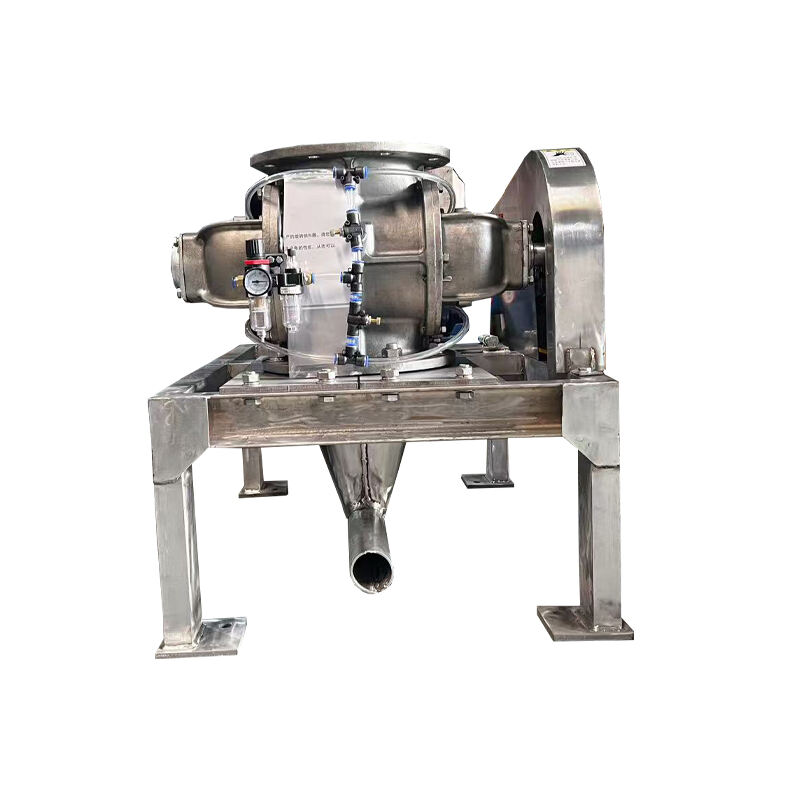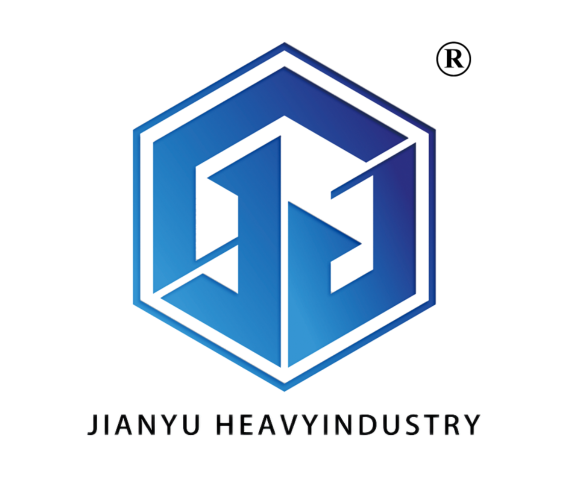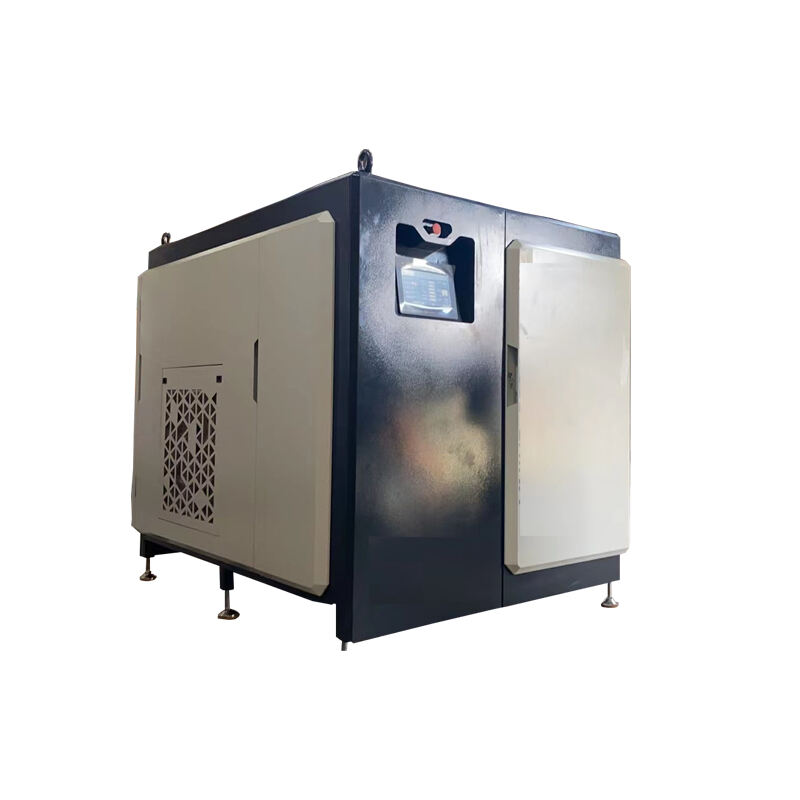The Growing Importance of Pneumatic Conveying Technology
Across multiple industries, the demand for efficient, reliable, and safe material handling solutions has driven the adoption of Pneumatic Conveying Technology. Instead of relying on manual labor or heavy mechanical conveyors, this method uses airflow to transport bulk powders, granules, and fine particles through pipelines. It offers flexibility, precision, and hygiene that traditional methods struggle to achieve.
Why are so many industries turning to Pneumatic Conveying Technology as their preferred solution? The answer lies in its unique ability to handle delicate, abrasive, or hazardous materials with minimal product loss. For companies seeking better efficiency, reduced contamination, and smoother operations, Pneumatic Conveying Technology has become indispensable. From food processing to pharmaceuticals, plastics, and energy production, the benefits extend across diverse industrial applications.
Applications of Pneumatic Conveying Technology
Food and Beverage Industry
The food and beverage sector is one of the largest beneficiaries of Pneumatic Conveying Technology. From flour and sugar to coffee beans and cocoa powder, bulk ingredients are transported safely and hygienically. Because compressed air provides a closed and dust-free system, risks of contamination are minimized, ensuring compliance with strict food safety regulations.
Pharmaceutical and Healthcare Industry
In the pharmaceutical sector, precision and cleanliness are critical. Pneumatic Conveying Technology enables the safe movement of powders used in drug production while reducing human contact. By keeping ingredients enclosed, it helps maintain product purity, reduces cross-contamination risks, and supports compliance with strict regulatory standards.
Industrial Benefits of Pneumatic Conveying Technology
Plastics and Chemical Manufacturing
The plastics industry relies heavily on Pneumatic Conveying Technology to transport polymer pellets, resins, and additives. The system prevents product degradation while allowing continuous flow. Similarly, in chemical plants, handling fine powders and corrosive materials through enclosed pipelines reduces health risks for workers and protects the surrounding environment.
Cement, Minerals, and Construction Materials
Heavy industries such as cement and mineral processing also gain significant advantages from Pneumatic Conveying Technology. The ability to move abrasive powders like cement, lime, or fly ash without excessive wear on equipment makes it a cost-effective and durable choice. This reduces downtime and ensures consistent material flow in large-scale operations.

Advantages in Clean Energy and Sustainability
Biomass and Renewable Energy
As renewable energy expands, biomass plants and alternative fuel facilities are increasingly adopting Pneumatic Conveying Technology. Materials such as wood chips, agricultural byproducts, and pellets are efficiently transported to energy production lines. The closed nature of these systems helps reduce dust emissions and supports eco-friendly operations.
Environmental Control and Efficiency
Pneumatic Conveying Technology contributes to sustainability goals by reducing material waste, lowering dust pollution, and optimizing energy consumption. With advanced system design, industries can minimize leakage, enhance airflow control, and achieve cleaner, safer working environments.
Operational Efficiency and Productivity
Flexibility of System Design
One of the strongest advantages of Pneumatic Conveying Technology is its adaptability. Whether facilities need long-distance conveying, vertical lifting, or precise metering, these systems can be customized to match specific requirements. This flexibility makes them suitable for both small operations and large industrial plants.
Reduced Labor and Maintenance
By automating bulk material handling, Pneumatic Conveying Technology reduces dependence on manual labor. Fewer mechanical parts also mean reduced maintenance costs and lower chances of breakdown. As a result, businesses enjoy higher uptime and more predictable production schedules.
Safety and Workplace Benefits
Dust-Free and Enclosed Operation
Many materials transported in industrial settings can generate harmful dust. Pneumatic Conveying Technology provides a closed system that protects workers from airborne hazards. This not only improves workplace safety but also ensures compliance with occupational health standards.
Handling of Hazardous or Fragile Materials
In industries dealing with toxic, flammable, or fragile powders, Pneumatic Conveying Technology ensures safer handling. The controlled environment minimizes risks of explosions, spills, or product breakage, making it the preferred choice in high-risk industries.
Long-Term Value of Pneumatic Conveying Technology
Consistent Quality and Reduced Waste
Because materials are moved gently and securely, product quality remains consistent. Whether transporting delicate food powders or dense construction materials, Pneumatic Conveying Technology reduces breakage, segregation, and waste, ultimately improving profitability.
Scalability for Growing Industries
As industries expand, Pneumatic Conveying Technology can scale with them. Additional pipelines, longer distances, or higher throughput can be accommodated with system modifications, ensuring long-term value and return on investment.
FAQ
What industries use pneumatic conveying technology most frequently
Pneumatic Conveying Technology is commonly used in food and beverage, pharmaceuticals, plastics, chemicals, cement, mining, and renewable energy. Its flexibility allows it to serve a wide range of sectors.
How does pneumatic conveying technology improve workplace safety
It improves safety by reducing dust emissions, minimizing direct human contact with hazardous materials, and preventing spills or contamination through its enclosed design.
Can pneumatic conveying technology be customized for different applications
Yes, Pneumatic Conveying Technology is highly adaptable. Systems can be designed to handle various materials, distances, and production capacities, making them suitable for diverse industries.
What are the long-term benefits of using pneumatic conveying technology
The long-term benefits include reduced maintenance costs, improved product quality, scalability for future growth, and alignment with sustainability goals through reduced waste and cleaner operations.
Table of Contents
- The Growing Importance of Pneumatic Conveying Technology
- Applications of Pneumatic Conveying Technology
- Industrial Benefits of Pneumatic Conveying Technology
- Advantages in Clean Energy and Sustainability
- Operational Efficiency and Productivity
- Safety and Workplace Benefits
- Long-Term Value of Pneumatic Conveying Technology
- FAQ

